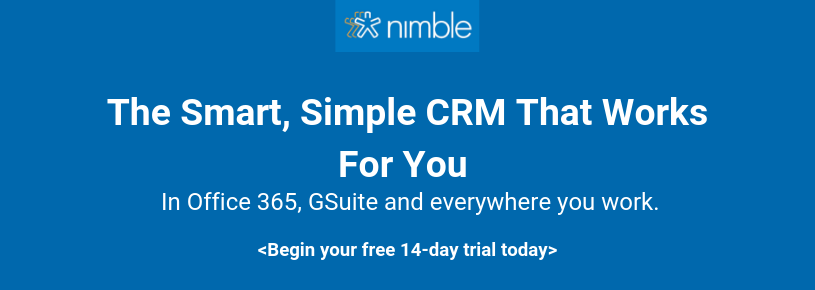As a single marketer, an online marketing agency, or even a business owner who needs to automate leads generation from LinkedIn, there’s a high chance you’d have encountered LinkedIn automation challenges. Today, we will discuss some of these challenges and their solutions.
Social media marketing will always need automation at some point to achieve enhanced results. Social media platforms are insanely against the use of automation on their platforms, and it is nothing new there.
However, automation is vital to every business, so even these social media platforms use internal automation to fight against external automation, funny right?
When it comes to LinkedIn automation, it’s a whole new ball game. The reason for this is because LinkedIn’s stand on the use of automation is very strict, and you really need to be smart about your automating processes to avoid a ban.
The strict rules implemented by social media platforms bring about automation challenges to marketers who choose to use automation software for their business.
Pros of LinkedIn Automation
Before we talk about the challenges and their solutions, let’s see the four best reasons LinkedIn automation is worth looking at:
- LinkedIn automation helps you initiate valuable conversations and business-related communications on a scale.
- LinkedIn automation ensures that you don’t become overwhelmed with managing leads, especially if you have dozens of them. We all know how crazy it can get trying to keep them organized. LinkedIn automation provides the needed process to stay true to the goal.
- When you make use of automation, you’re building your network. Many successful businesses or LinkedIn marketers have built their brands and expanded their network via content and automation.
Cons of LinkedIn Automation
- Using LinkedIn automation would mean that you’re risking your account getting banned.
- It’s more difficult to apply personalization when writing to hundreds of people compared to when you have just ten to focus on.
- The sad truth is that you can’t only rely on automation no matter how smart and feature padded your automation tool boasts of. You’ll need to take a customized approach to every automated LinkedIn campaign you’ll ever launch.
LinkedIn Automation and Spam
Whenever some marketers hear about LinkedIn automation, they tend to shrink back to their safety shell because they think it is ineffective and spam. But are they right? Not really, and below we explain why.
What is LinkedIn Spamming?
Spamming on LinkedIn isn’t the same as spamming on other social platforms, although they’re closely related. To understand LinkedIn spamming, we need to know its constituents:
- We’ll start from the obvious, and that is “self-promotion”.
- Pitching about your company in the post comments.
- Endorsing the people you haven’t worked with or don’t know.
- Scraping users’ email addresses and sending emails to them.
- Persistent follow-up messages (seriously, after three follow-ups, if no reply, leave the user alone).
- Immediately sending your sales pitch after a user accepts your connection request.
Now when we know how LinkedIn automation can help your small businesses and how to differentiate spam from automation, we will now look into the challenges faced by individuals and agencies using LinkedIn automation.

LinkedIn Automation Problems and Our Proposed Solutions
First Problem: Safety and Privacy Concerns
This problem should be discussed first, as the privacy aspect is a huge topic for marketing agencies and online marketers.
When managing more than one account, you’ll be faced with the issue of logging in to each of them. Moreover, most clients might not be that confident to release their profile information and password details.
Therefore, you’ll need to have a LinkedIn automation tool that features separate LinkedIn roles and allows you to manage multiple accounts. The safety aspect of this problem stems from the need to prevent a potential LinkedIn ban on the account. You’ll need to have an automation software that mimics human behavior to evade the LinkedIn spam-police, so to speak.
The best LinkedIn automation tools to make this happen should be cloud-based automation tools. The tool should be able to use dedicated IP addresses that match different time zones to avoid being flagged.
Second Problem: Inability to Manage All Things From One Place
As you may be aware, managing multiple LinkedIn accounts at once with just one set of hands is tricky, (even superman would have trouble doing so).
This issue grows exponentially when you factor in logging into multiple accounts, for different clients, with ongoing projects that are based in different time zones. In other words, it would be humanly impossible to manage without automation.
You’ll also need to sign-in and sign out of each account you’re managing and track every single bit of activity that you do. Each account equates to more time spent, more resources, and more inconvenience.
To solve this problem, you need to use a good LinkedIn automation software that offers you the ability to manage multiple accounts and different campaigns for each account. This way you’ll ensure that you aren’t overwhelmed by the number of account’s campaigns you have to manage.
Third Problem: Managing Permissions and Roles
Roles and permissions are a big headache when trying to manually set up LinkedIn tasks, which can easily be resolved through automation. For instance, let’s say your client wants to check in on your progress and needs to access multiple profiles that you control. Automation makes the process a breeze through a shareable customized link.
However, using LinkedIn automation for multiple accounts requires an initial setup, where you create roles and permissions. Access is then granted via a custom link, so the account owner can log in and even share the credentials for their co-workers.
With innovative Linkedin automation tools such as Expandi, the user can log in through the custom URL provided and see what they need to see like campaign insights, reports, etc.
Your staff can also have a custom URL to complete tasks assigned to them without interrupting the activity of other users on the same account. Not every LinkedIn automation tool offers you this feature, although it is a very important one.
Fourth Problem: Sharing Results
Finally, and another obvious problem of them all; sharing the results with your clients. When you manage multiple accounts for your business or your clients, you need a way to generate results for the tasks done for each account.
Your client deserves to know the general summary of what you’ve been doing and its impact on the profile and brand.
You might think it is easy and fast to generate these results, but if your automation tool doesn’t have these features, you’re in for a work hazard called “inconvenience”.
As an entrepreneur or an agency, you’ll need to put your time to other more productive tasks than populating spreadsheets with the data.
Final Words
LinkedIn is a great social media platform to generate high quality leads for a business. Whether you’re an in-house marketing team, an agency, or a business owner, at some point you’ll need to use and automate your LinkedIn marketing strategy for the best results. Thankfully, there are many options on the market to fulfill your social media automation needs in 2020.


